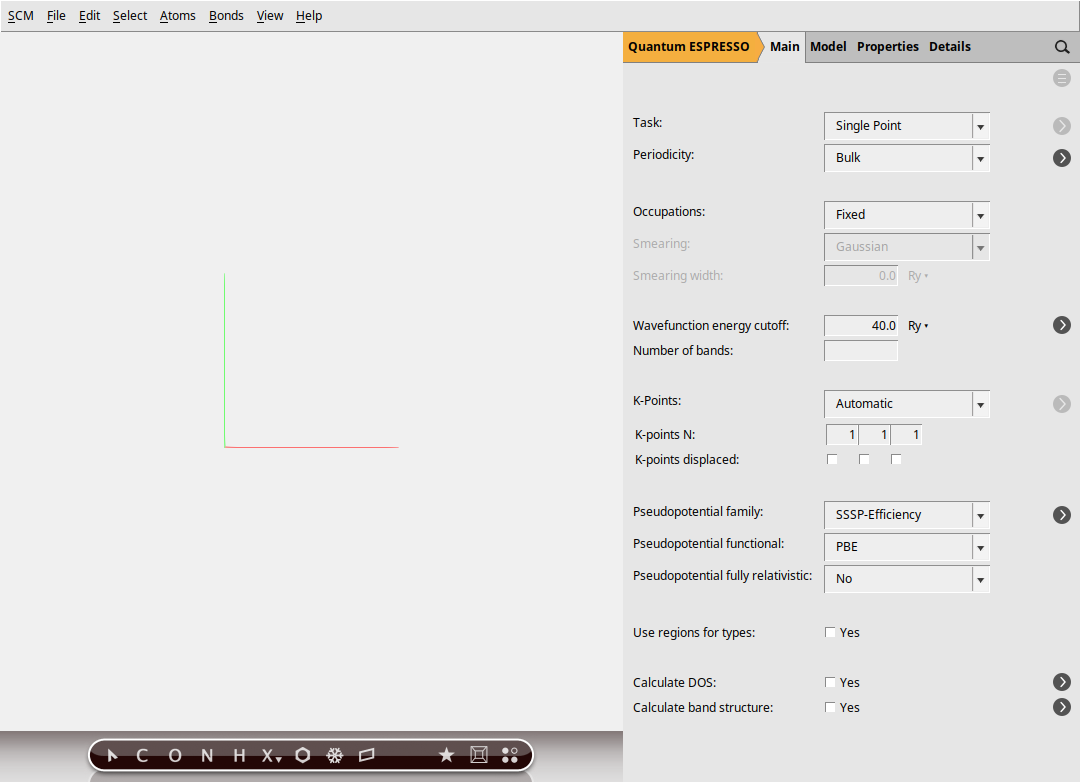
It accepts inputs of either Mooney-Rivlin constants, Model is the perhaps the most widely used in the area of hyperelastic materialįinite element analysis. Example 3: Elastomers andĪs rubber, TPE or EPDM are another common focus area for nonlinear analysis, 02 would ensure the result features, at minimum, 50 data points-potentially more if the time step size needs to autostep down in any given area for convergence. For instance, setting the max time step to. In these situations it’s recommended to reduce the “Max” time step size in the automatic time step parameters. More data points may be desirable for plotting purposes, even if additional time steps aren’t necessary for solver convergence. Note that the number of data points on the plot is controlled by the time steps in the nonlinear analysis. The loading in this example is a prescribed displacement on the top face of the male component, as visible in figure 6 below.

It is also the underlying mechanism that accounts for being able to solve large displacements, plastic deformation and other effects by incrementing load application and re-solving the stiffness matrix at each time step. This time parameter allows sequencing loadings that are not highly dynamic in nature and observing behavior at various steps.

Time in a nonlinear static analysis is sometimes referred to as pseudo-time to help reinforce this distinction. However, dynamic effects such as inertia and damping are not taken into account in a nonlinear static analysis-such effects are incorporated in a nonlinear dynamics analysis if deemed necessary. Nonlinear static analyses (despite the name “static”) increment loadings using a parameter called time. As the linear static study solves in a single load application “step,” it is impossible to extract any time history. These studies are impractical in a linear static analysis due to changing contact conditions, and the desire to extract values over multiple load steps. Parameters of interest may include peak stresses in the snap fit connector and the insertion and pull-out forces required (if the clip is removable).įigure 5: Nonlinear static stress results for Quarter symmetry is employed to speed up solution time and provide a convenient cross-sectional view. In this example, a snap fit connector is pushed into the corresponding boss, and then pulled back out. Example 2: Snap Fit Connectorĭesign of snap fit connectors or clips are another great potential application for nonlinear analysis. Stresses and deformations in an unloaded state. Predicting that kind of damage with SOLIDWORKS Simulation requires careful engineering determinations based on approaches such as comparing relevant stresses to the ultimate strength of material or observing strains.Īpplied loads can be removed at the end of a nonlinear study to output residual It’s worth noting that finite element models in nonlinear studies will show distorted shapes but never damage like ruptures, cracks or tears.

The only conclusion that can be drawn from stresses above yield in a linear static study is often that “yielding is likely to occur”-the values reported over yield must not be relied upon without first investigating a plasticity model in a nonlinear study. Regions have produced a redistribution of the locally high stresses aroundįor these reasons, linear material models are generally an inaccurate predictor of stresses above yield.


 0 kommentar(er)
0 kommentar(er)
